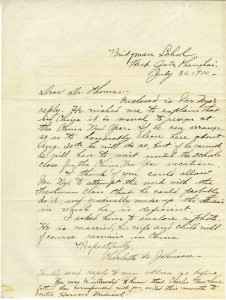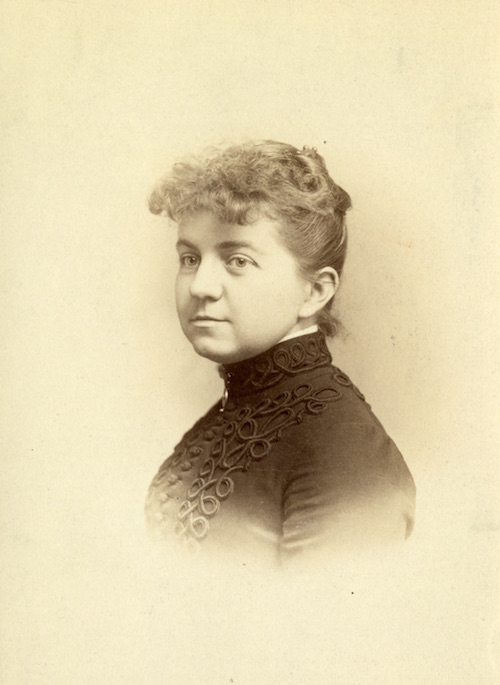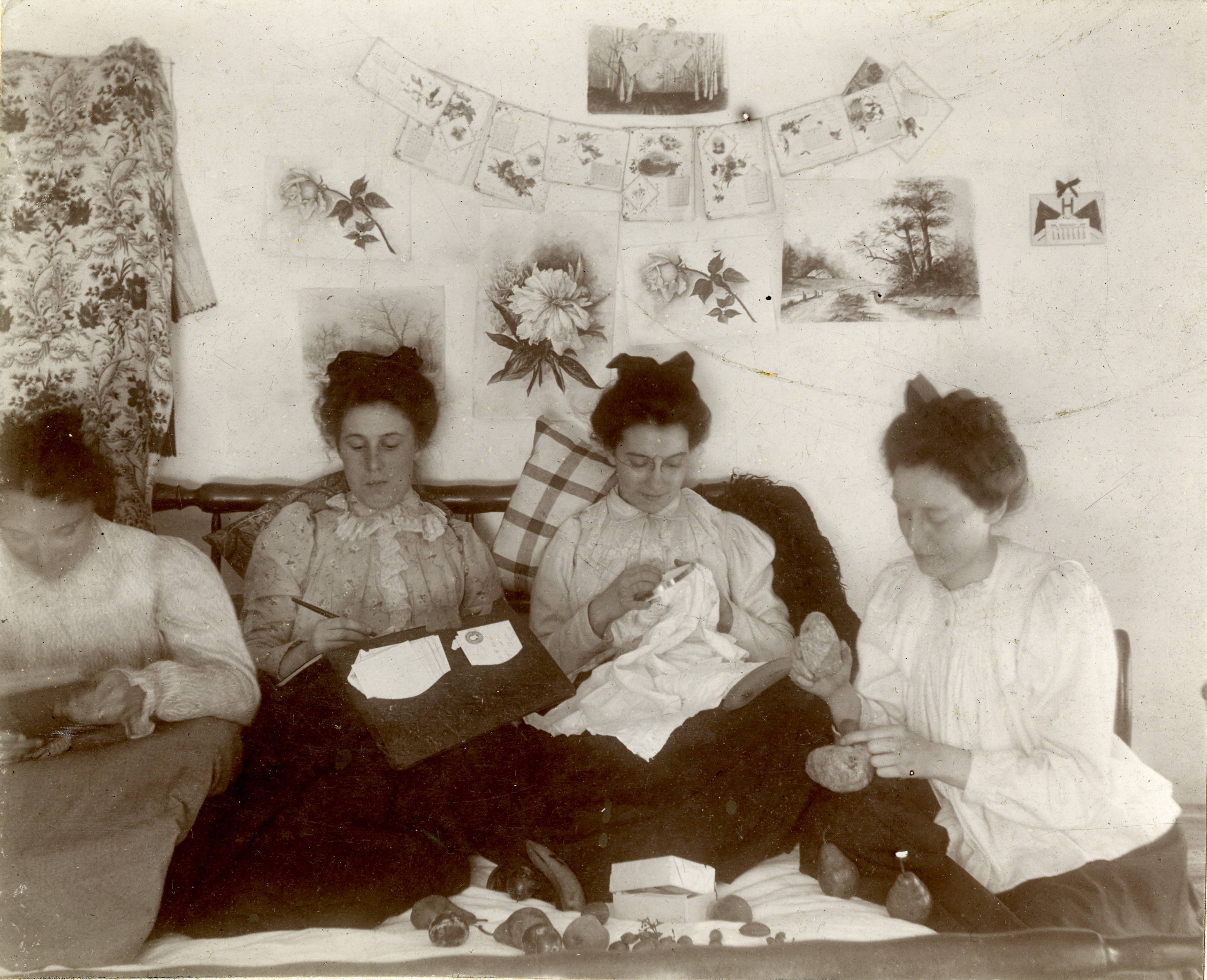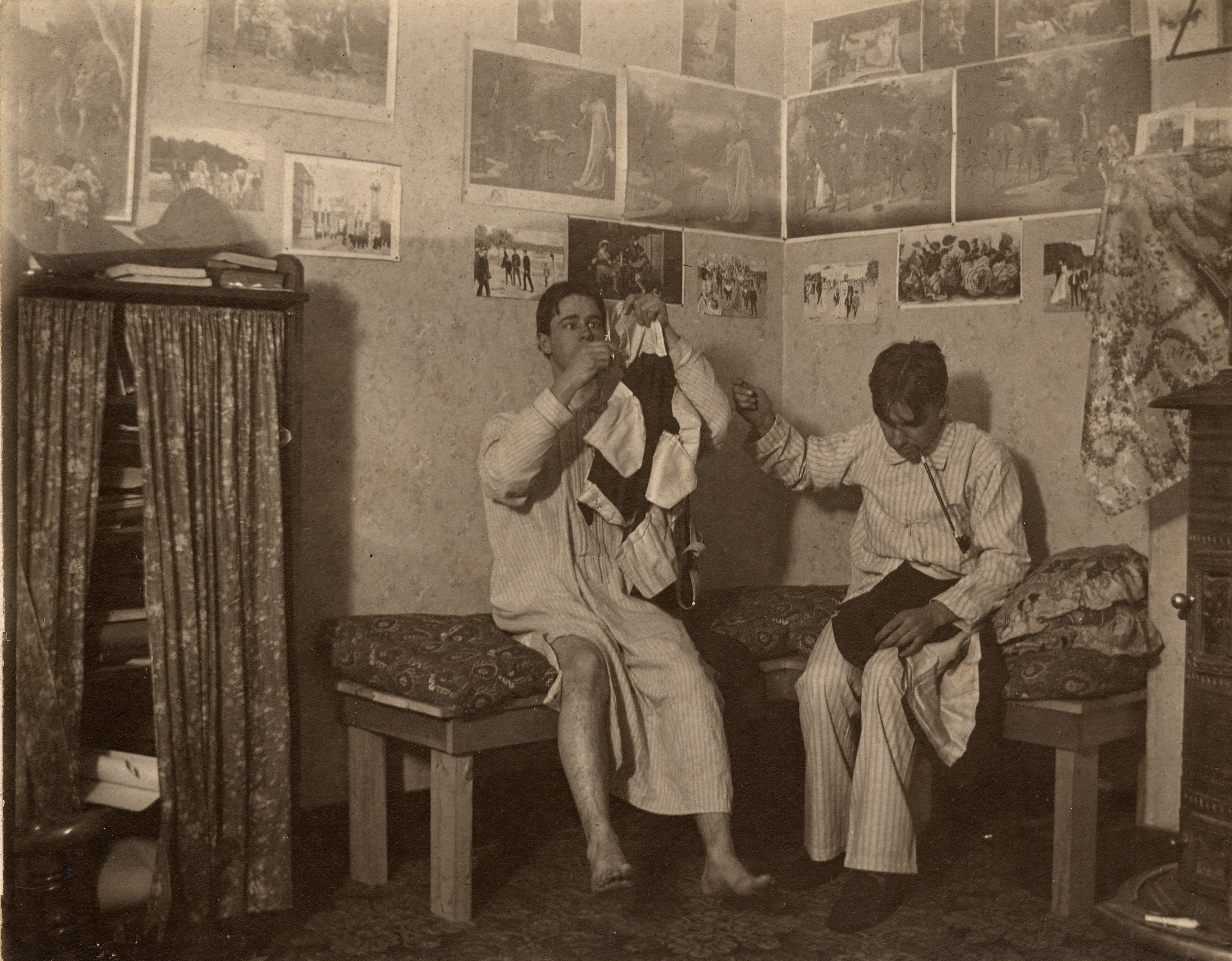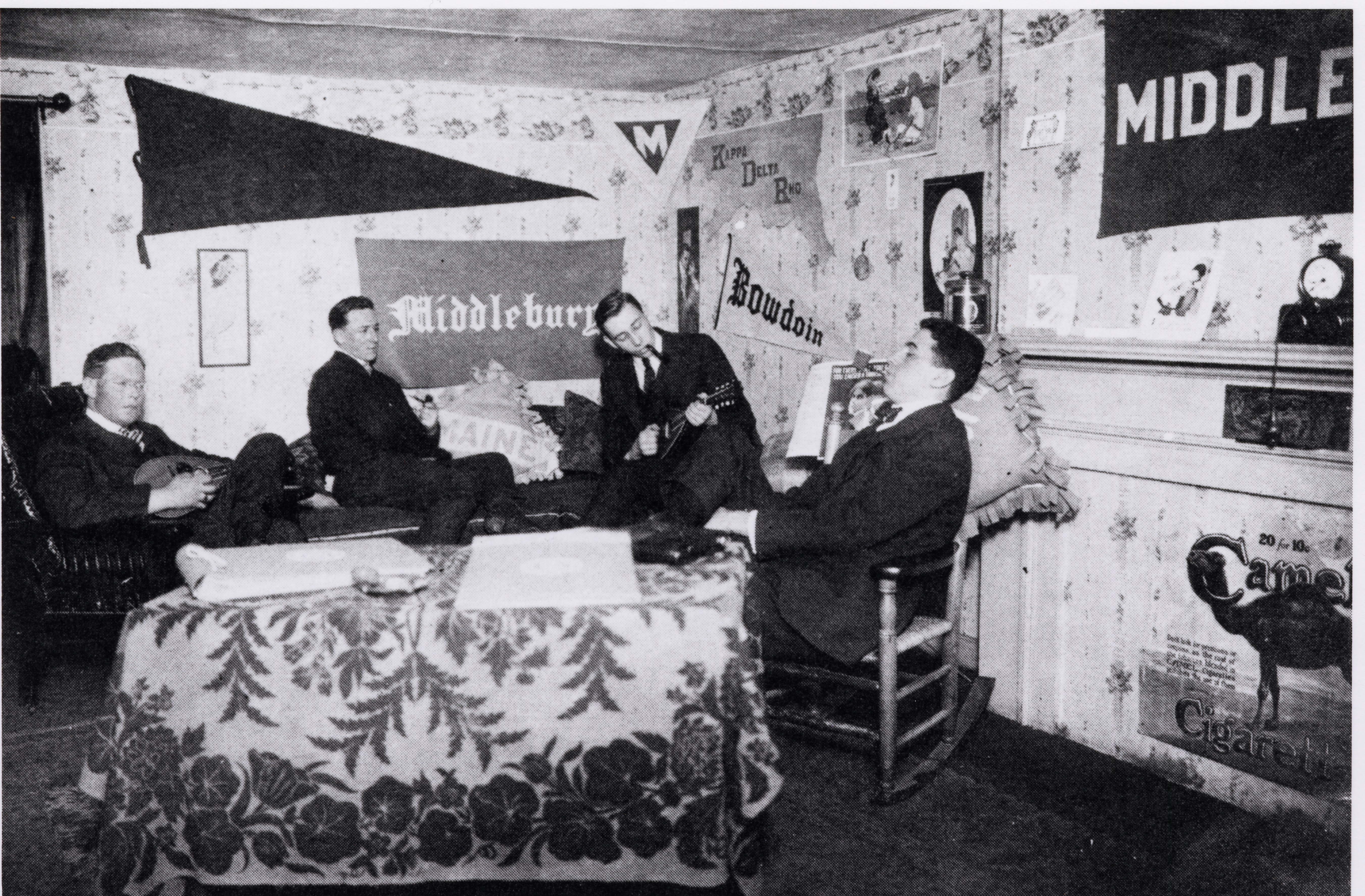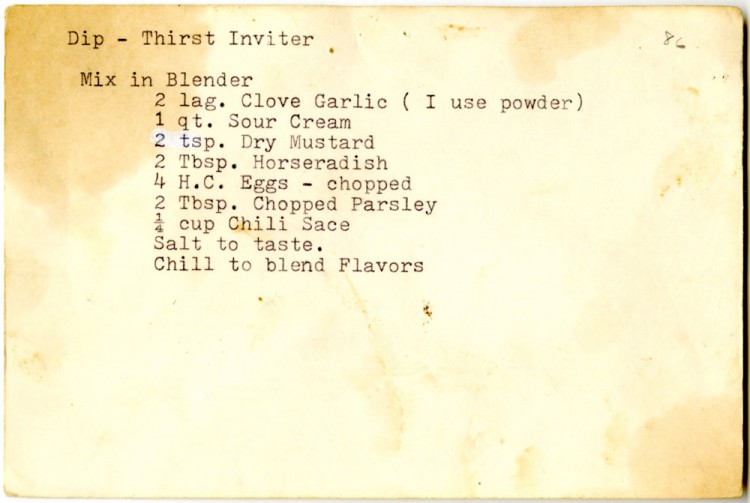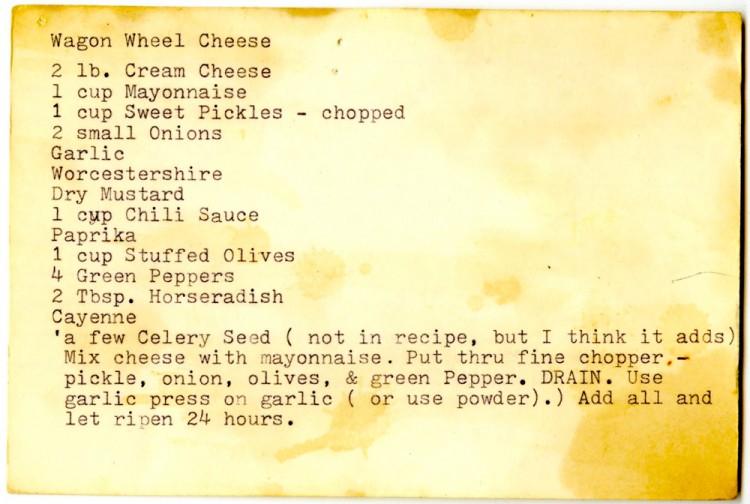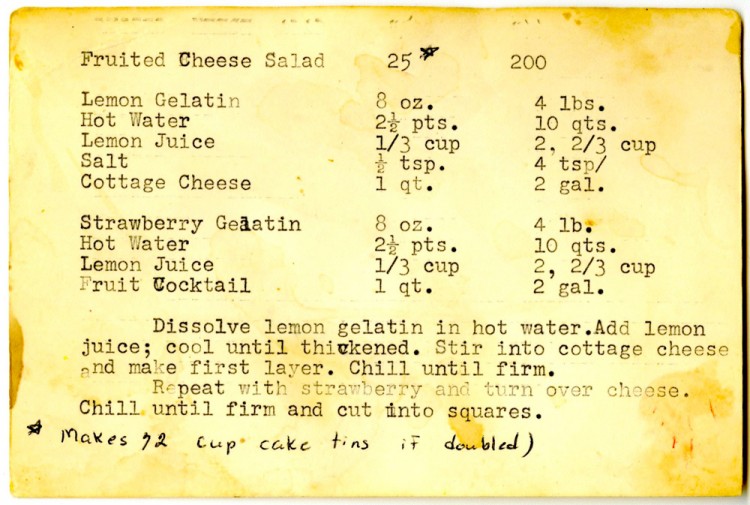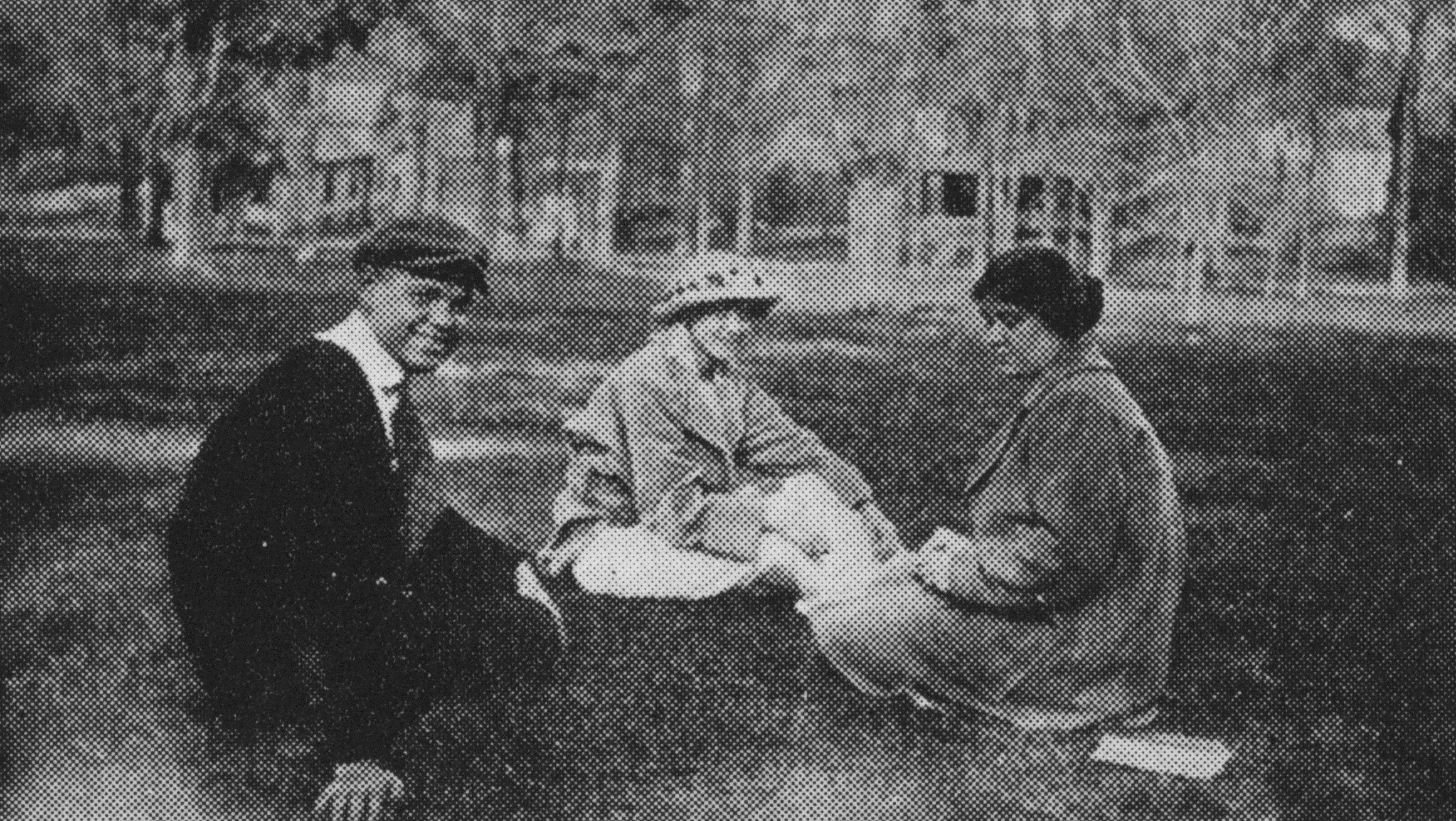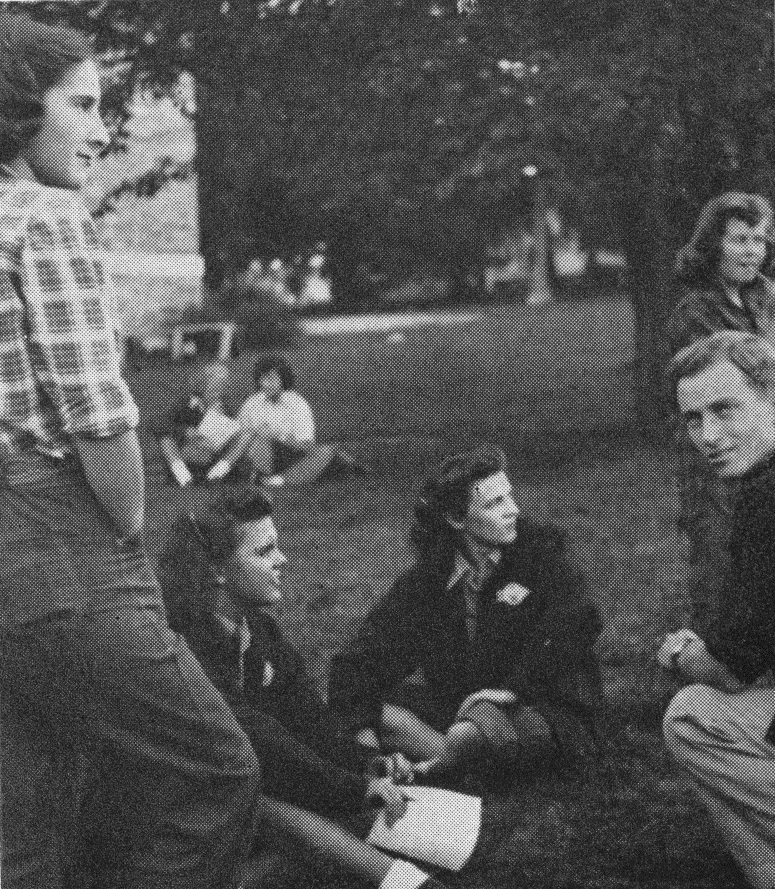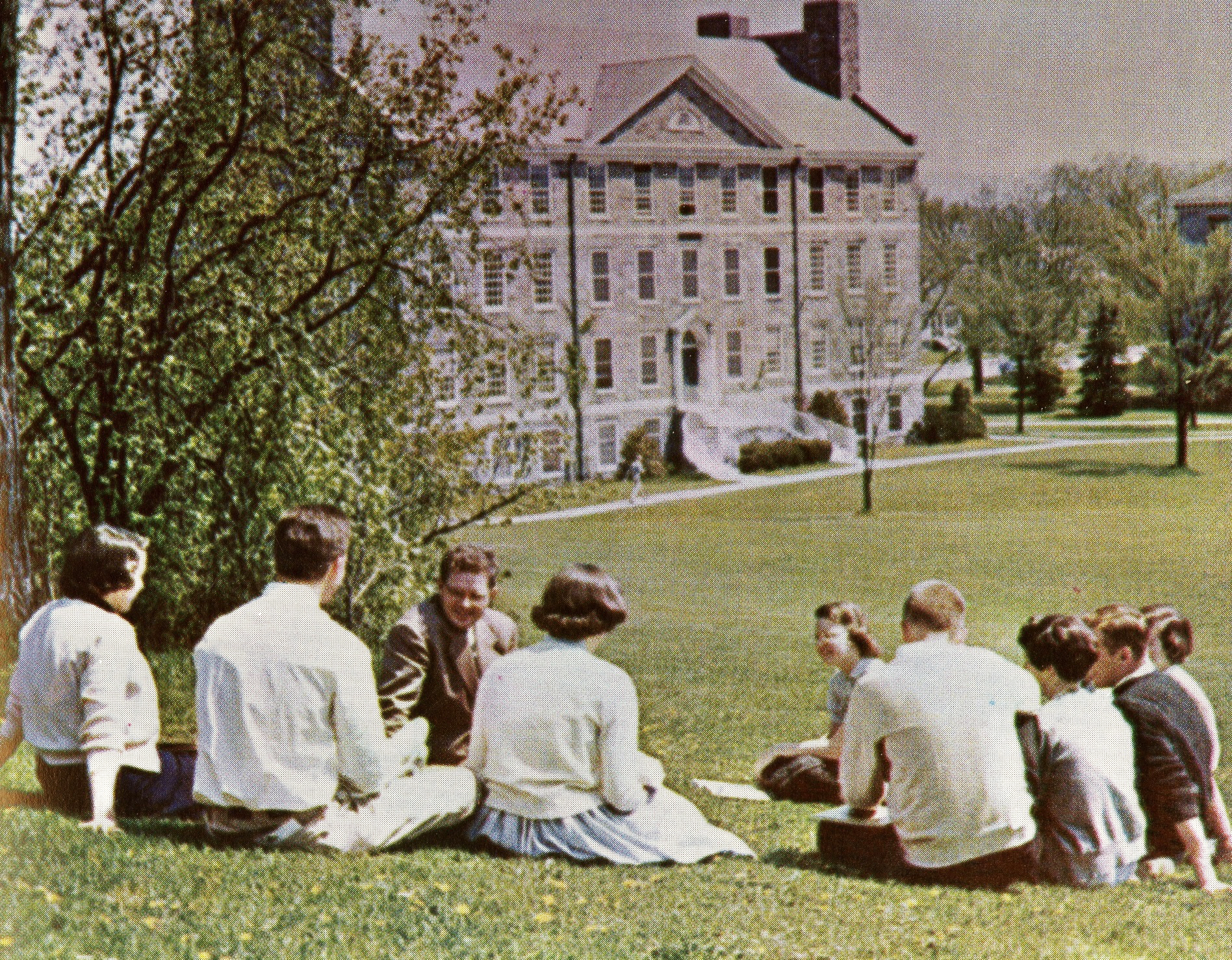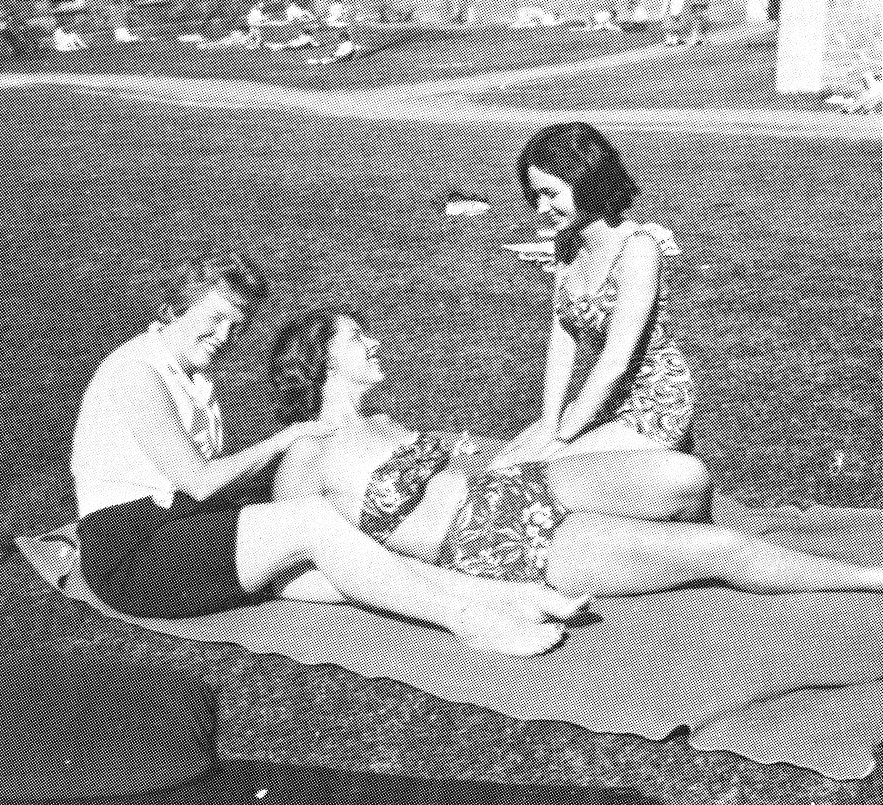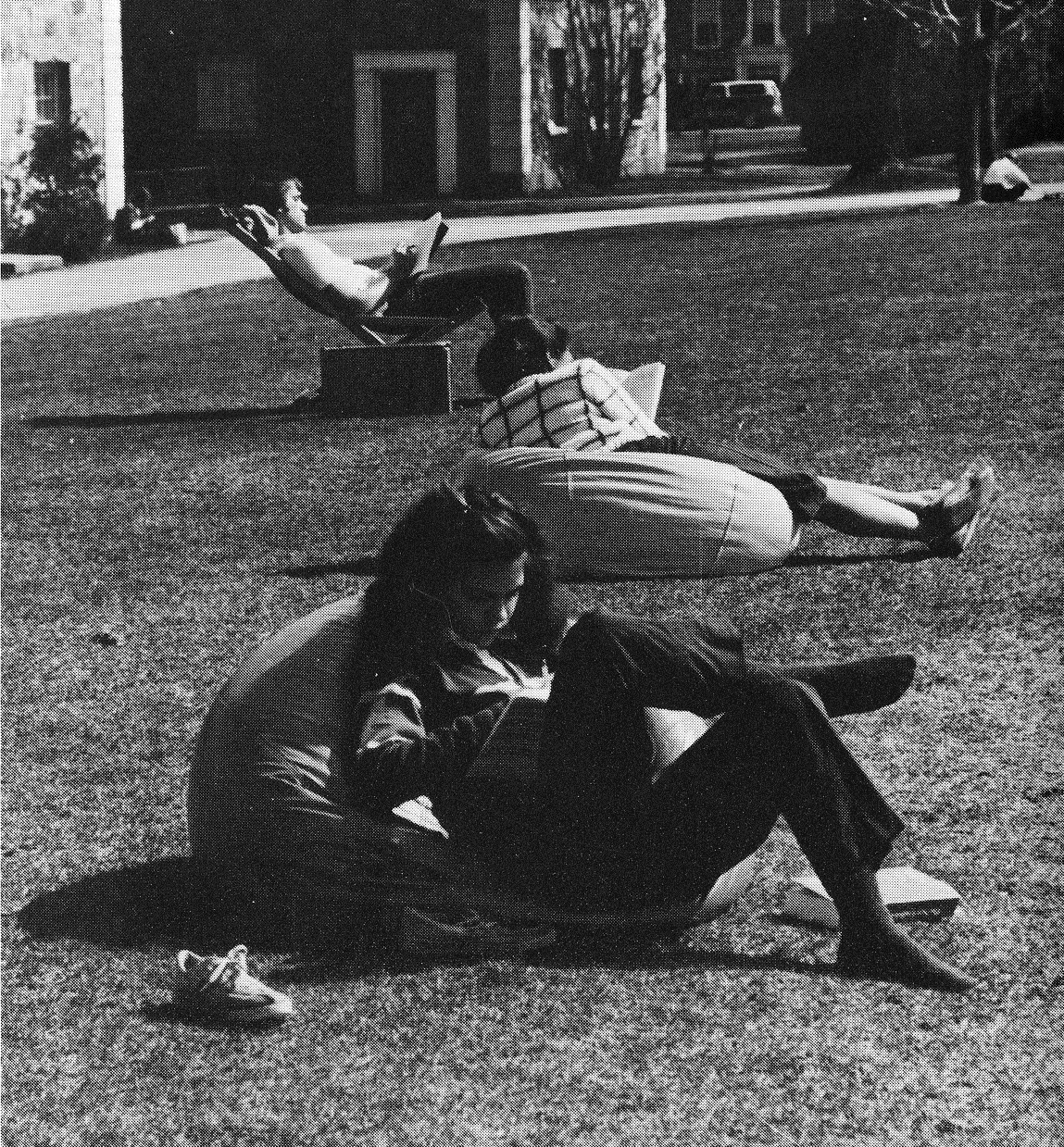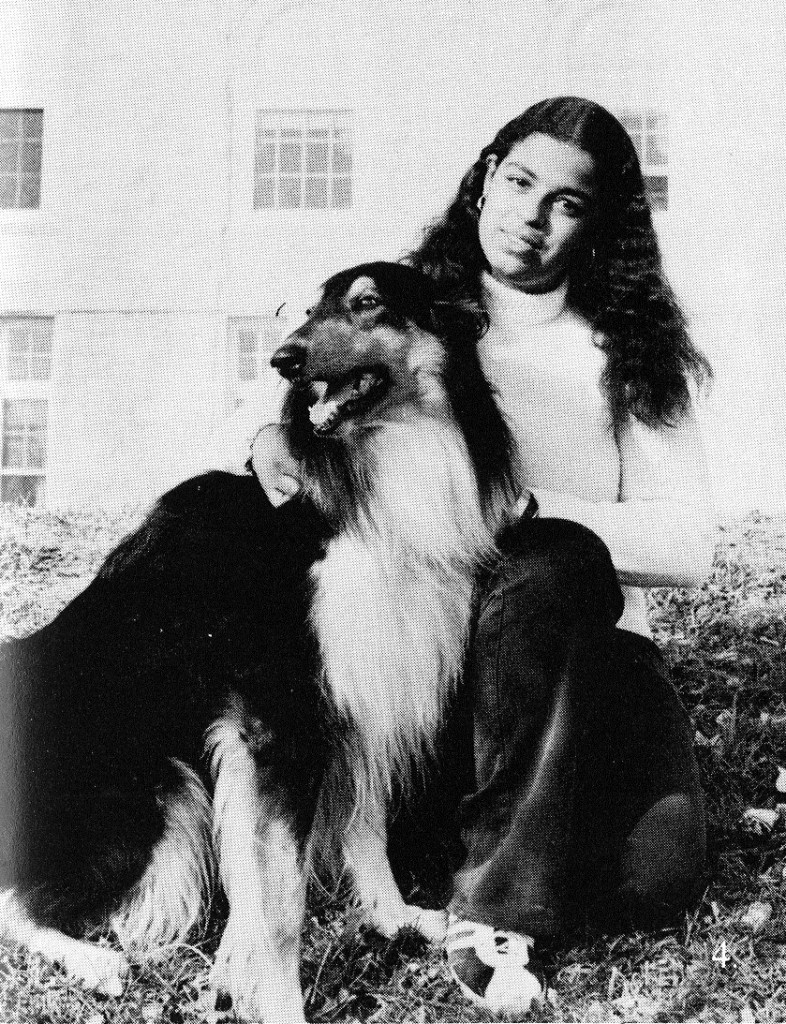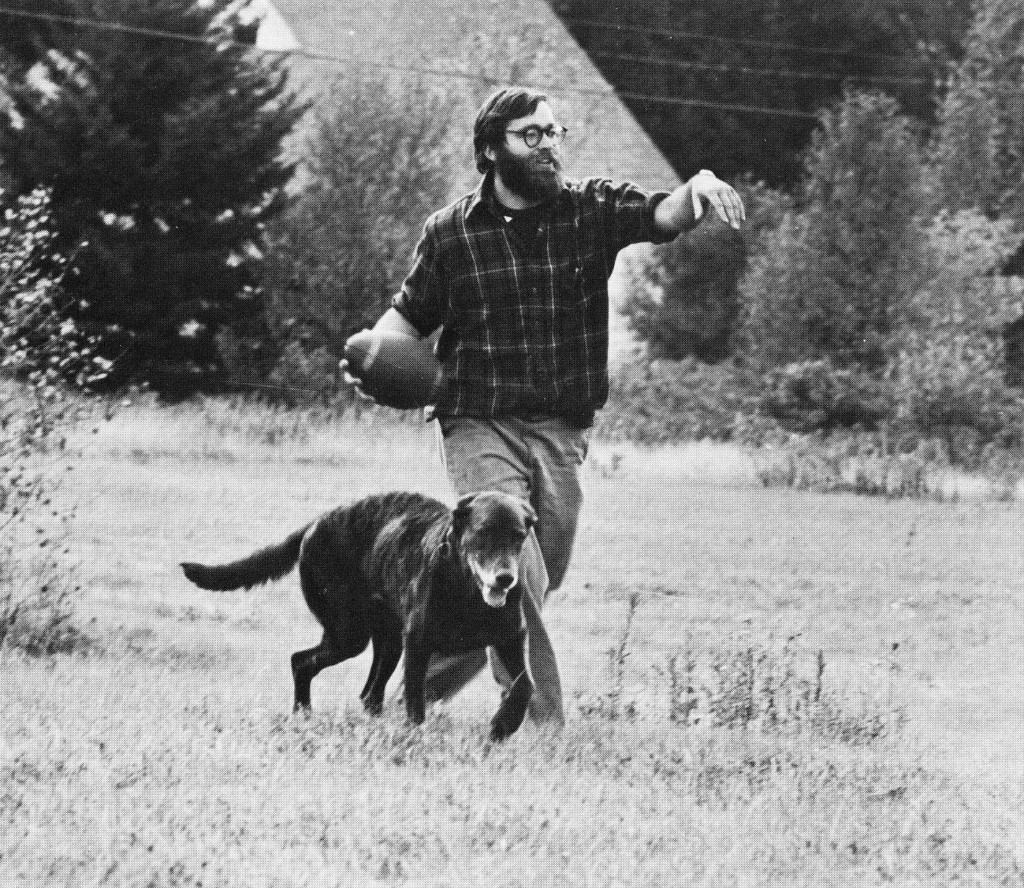In honor of the inauguration of Laurie L. Patton as the seventeenth president on Sunday, October 11, 2015, Special Collections & Archives will feature remarkable women from the College’s history in eight temporary exhibits spread across campus, now through October 5th.
Charlotte May Johnson was born in Jacksonville, Vermont and prepared for Middlebury College at Northfield, Massachusetts Seminary. Three years after her 1901 graduation, she traveled to Shanghai, China where she became Principal of the Bridgman Memorial School and Missionary and Middlebury’s first alumna to teach as a foreign missionary. After eight years, she returned to the U.S. to give lectures on China and later settled as a teacher in Denver, Colorado.
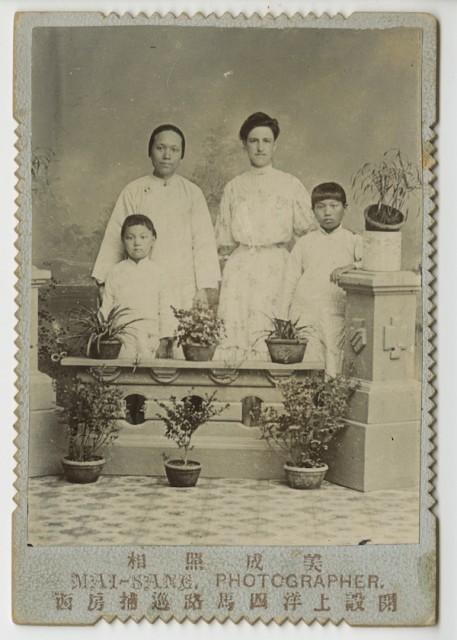 Despite her limited means as a missionary, she demonstrated her dedication to Middlebury by contributing $3 of her first paycheck in China to President John Martin Thomas’s fund for new buildings and faculty members. In his efforts to raise funds for this cause, President Thomas appealed to D.K. Pearsons (namesake of Pearsons Hall) to help finance new laboratories, a building, and teachers . . . without raising tuition. In a letter to Pearsons, Thomas mentions Charlotte Johnson as “one girl, [who] going as a missionary 2,000 miles into the interior of China, has promised me $3 from her first salary. That is the kind of stuff we are making.”
Despite her limited means as a missionary, she demonstrated her dedication to Middlebury by contributing $3 of her first paycheck in China to President John Martin Thomas’s fund for new buildings and faculty members. In his efforts to raise funds for this cause, President Thomas appealed to D.K. Pearsons (namesake of Pearsons Hall) to help finance new laboratories, a building, and teachers . . . without raising tuition. In a letter to Pearsons, Thomas mentions Charlotte Johnson as “one girl, [who] going as a missionary 2,000 miles into the interior of China, has promised me $3 from her first salary. That is the kind of stuff we are making.”
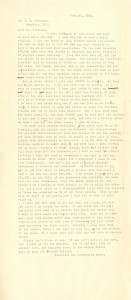
Her contributions to the College were far from just financial. Her work after graduation impacted even the makeup of the student body. While in China, she advocated for an international student who later enrolled at the College with her help and the support of President Thomas.
Her ability to bridge international, cultural, and educational boundaries adds her to the ranks of outstanding women who have served Middlebury College through history.
